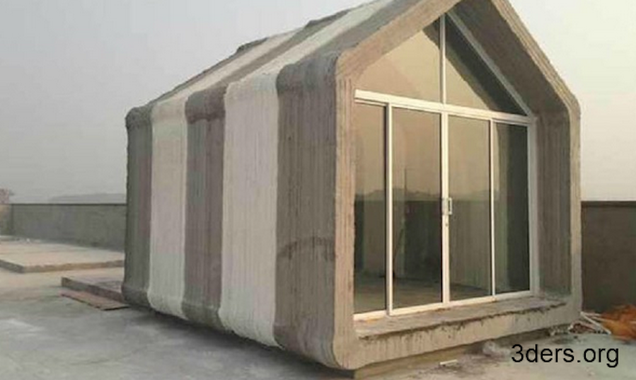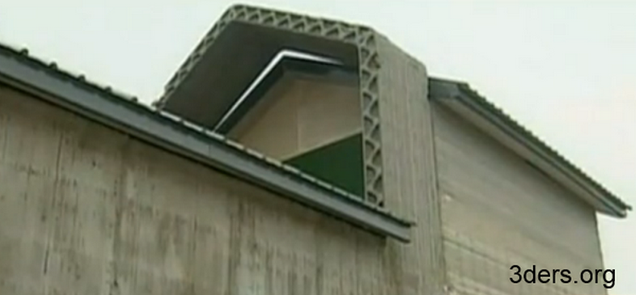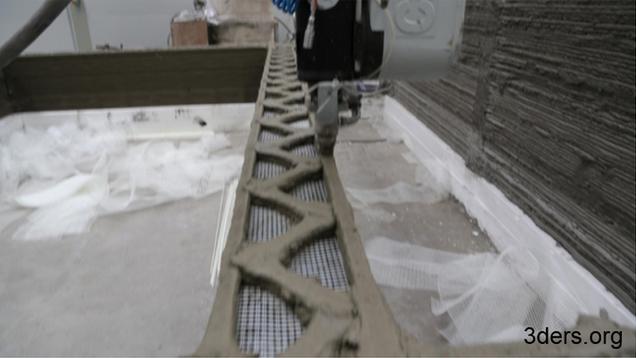The saga of how the Chinese got into corruption.
COMMENT

Now it appears to be surfacing, claims by the Malay community that it is the Chinese in Malaysia that actually fuel corruption. Is this true? While no thorough and rigorous study of this aspect of corruption has been done so far by anybody, there is a “general idea” about the matter from which all of us can learn something.
Before delving into this matter, it must be stated in no uncertain terms that corruption is raising the spectre of hell in Malaysia. By this, what is meant is that corruption has dug deep into Malaysian society and is far more widespread than most people think.
The danger corruption poses is not easily evident. But if corruption was in check today in Malaysia, education from nursery to tertiary can be free, our healthcare service free and allowing the best treatment and service and housing affordable.
The reasons why life has become unbearable for more and more Malaysians is precisely because of corruption.
If there is a lack of an open and transparent government, if there is a failure on the part of the government to practise fair play, justice and meritocracy, it can be traced to the roots of corruption in Malaysia.
If there has been an exodus or brain-drain of professionals and educated Malaysians who have emigrated abroad owing to their frustration and disappointment with the government, it can be traced to corruption.
If Malaysia is in a state of upheaval, with the rakyat unhappy and miserable over living conditions in the country, it can be traced back to corruption.
But the pertinent question is: “Do the Chinese fuel corruption?” as alleged by certain people and a growing number of members of the Malay community.
For the answers, there is a need to go back to the era of Merdeka or the year the nation got Independence from the British in 1957.
The post-Merdeka saga
Arguably and considered by reputable historians on the history of this nation, Tunku Abdul Rahman is to them Malaysia’s greatest ever prime minister.
The affable Tunku, as he was fondly referred to by the people, was much loved and welcomed by the people and started the nation on the right track with the Chinese following suit his style of developing the economy.
The success starved Chinese seized the initiative to capitalise on the country’s new found freedom and in Singapore, Kuala Lumpur, Ipoh and Penang and wherever there were large groups of Chinese settlers there was much growth and economic activity.
The Chinese began to prosper and there had not arrived on the scene the ugliness of corruption. It was basically the Chinese who formed the backbone of the economy with their industry and hard work.
The Malay community were slow to come to grips with economic growth and because of this the Chinese became emboldened and begin to take the lead, although they were outnumbered statistically by the Malay’s.
The Tunku watched on what was unfolding and tried to warn the Malay’s and encouraged and motivated them to keep pace with the Chinese and to a lesser extent the Indians.
But the Malay’s were frightfully slow to wake up to the conscious fact that the British were not dictating terms any more and that they had to fend for themselves.
The Tunku was aware the Chinese were pulling away but he kept strictly to his principles of abiding to democracy and was a firm practitioner of fair play, justice and meritocracy.
He stuck to his guns though he was bewildered and frustrated to see that the Malay’s were not pulling their weight.
With confidence growing among the Chinese, the largely Chinese populated island of Singapore decided to leave Malaysia to strike on on their own.
The Singaporeans were of the view, even at that time of 1965, that they could not and should not shoulder the burden of fending for the Malay’s. It was blatantly unfair to them.
All this while corruption had still not reared its head in the country and the success stories of the Chinese boiled over to cause the race riots of May 13, 1969.
Corruption starts
With the ouster of the Tunku from the office of prime minister in the aftermath of the race riots, Tun Abdul Razak assumed the office and then came about the implementation of the New Economic Policy or NEP, an affirmative action plan to help the bumiputeras (indigenous people) to avoid racial clashes and ensure economic parity.
But the NEP was hastily conceived as a shot gun trigger reaction to settle the racial clashes and appease the larger Malay community and restore peace and stability to the country.
But with the implementation of the NEP, with the Malay’s holding political power, the Chinese succumbed to corruption as a way of getting out of the vicious trap of the NEP.
Therefore, in hindsight, it was the atrocious implementation of the NEP, that went against the tenets and obligations of democracy, that gave the Chinese no choice and caused the Chinese to resort to corruption to carry on their economic activities.
While the Chinese were reluctant to use this means and measure, they were left with no choice and the “arrangement” seemed to go down well with the Malay’s, not realising that democracy was at stake for which the Tunku bemoaned greatly for the nation.
This was basically how it came about and has been since with the ouster of the Tunku and the NEP, later replaced by the New Economic Model and now the Bumiputera Economic Empowerment Agenda.
The Chinese begin to make amends
With the dawn of the New Millennium, the Chinese community in Malaysia, in tandem with the economic growth and rise of mainland China as a superpower, began to realise that fuelling corruption will only backfire and began to take measures to make amends.
As realisation dawned on the Chinese community that they should not use corruption as a means to create greater economic growth and prosperity, it did not sit down well with a largely corrupt Malaysian civil service that was accustomed to having their palms greased by the Chinese.
The Chinese had realised the error of their ways. With this realisation, which was translated onto the ground, with even the Chinese schools and Chinese education system including teachings against corruption, the Chinese turned full circle.
This is also why their support for the alternative front or Pakatan Rakyat (PR) is very strong as they feel PR is firmly against corruption while Barisan Nasional (BN) is still going on with the old corrupt ways, not realising that the Chinese want out.
Given this situation, it must be stated also that corruption is really fuelled by all races and not just the Chinese. But what transpired in the past is to explain how the Chinese were forced to get into the act in large numbers.
But the real culprit behind the continuing saga of corruption is the BN government that has ruled Malaysia since 1957 and for fuelling corruption through the use of unfair and unwise policies that create hardship and suffering on the people.
In this country, sad to say, it really looks as if corruption has become a way of life.
Christopher Fernandez is a social critic and commentator.
Corruption must be eliminated or that is the END of BN rule in Malaysia.






















 When people hear the terms “biometric authentication” and “wearable technology”, they often think they’re something from a futuristic movie. But, the reality is that these technologies are here today. As a product guy, I love technology, but I like it even better when we use it to make consumers’ lives easier. We announced this back at
When people hear the terms “biometric authentication” and “wearable technology”, they often think they’re something from a futuristic movie. But, the reality is that these technologies are here today. As a product guy, I love technology, but I like it even better when we use it to make consumers’ lives easier. We announced this back at

